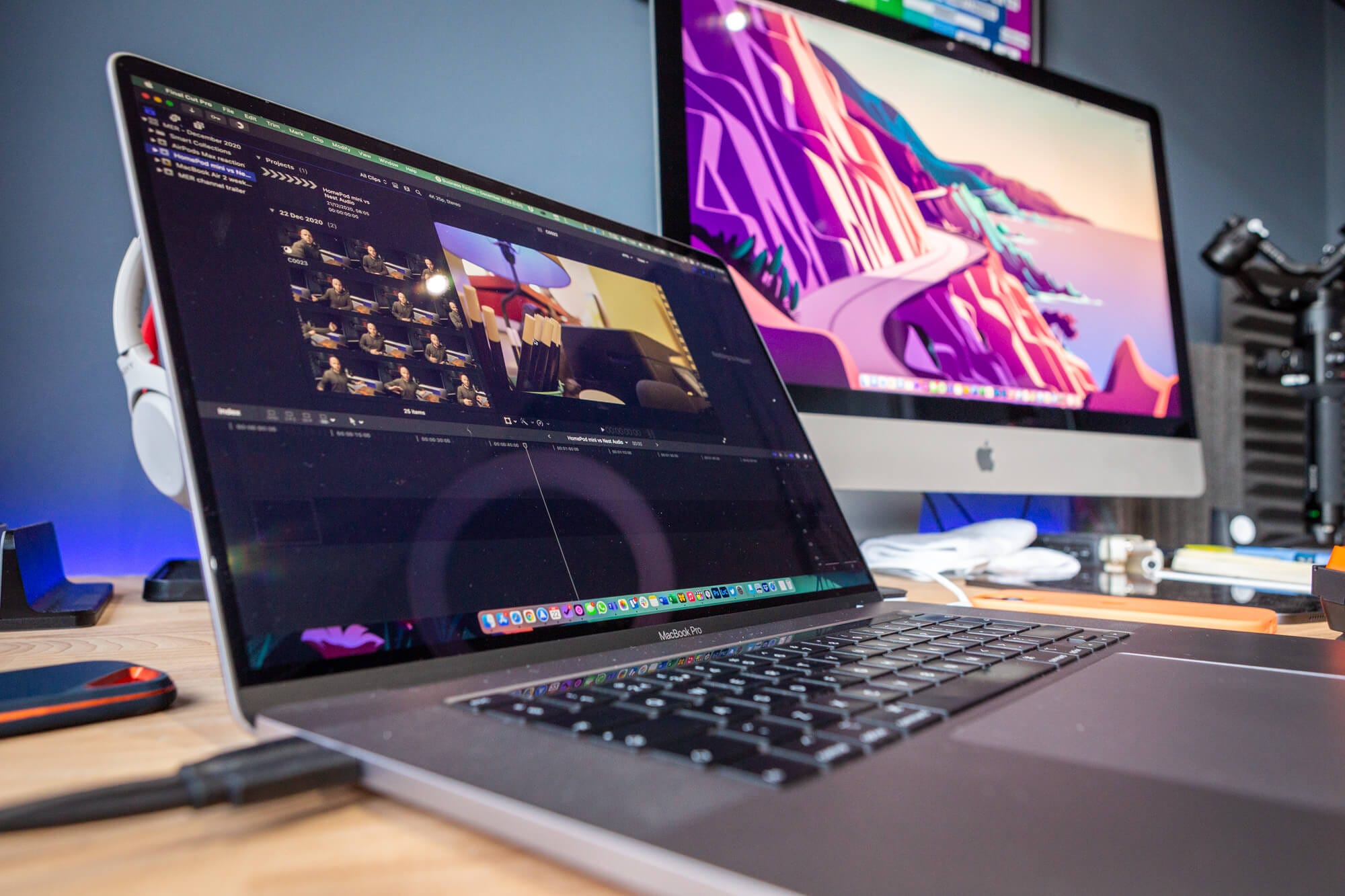Parallels is releasing an update to its Desktop virtual machine software that allows M1 Mac owners to install Windows 10 on Arm. Parallels Desktop 16.5 now includes the necessary native support to.
Drivers lg usb devices. Apple’s “one more thing” event on November 10, 2020, revealed the first Mac computers powered by the Apple M1 chip.
- Apr 18, 2021 Parallels Desktop 16 for Mac runs Windows 10. Credit: Parallels. Tests running Windows 10 with Parallels Desktop on an M1 MacBook Pro show the Apple laptop can be faster than high performing.
- You Can Now Run the Parallels Access iOS Client on an M1 Mac! For years, people have speculated about the ability to run iOS apps on the Mac. This speculation was caused by the increasing similarity in the user experiences across the Mac, the iPhone and the iPad, and by Apple’s continuing tech demos showing their work on this capability.
- Parallels Toolbox won't activate on a new M1 MacBook. I was able to install the M1 version of PD and re-activate it by choosing to have the installer deactivate the version on my old Intel MacBook Pro. However, this process does not work successfully for Toolbox.

Parallels is excited to see the performance, power efficiency, and virtualization features that are brought to the Mac with the Apple M1 chip. The transition to Mac with the M1 chip should be smooth for most Mac applications, thanks to Rosetta technology. Fortunately, Parallels Access™, Parallels® Toolbox, and Parallels® Client software worked smoothly as universal binaries even before Parallels rebuilt them. However, virtual machines are an exception and Parallels engineers proactively implemented native virtualization support for Mac computers with the M1 chip. This enables our users to enjoy the best Windows-on-Mac experience ever.
Learn more about the new version in this blog post.
When Apple Silicon Mac was first announced during the keynote at WWDC on June 22 of this year, Apple demoed a Parallels Desktop for Mac prototype running a Linux virtual machine flawlessly on Apple Silicon. Since WWDC, the new version of Parallels Desktop, which runs on Mac with the Apple M1 chip, has made tremendous progress. We switched Parallels Desktop to universal binary and optimized its virtualization code; Apple M1 Mac computers and macOS Big Sur became available, and Microsoft announced and then introduced support for x86_64 applications in Windows on ARM Insider Preview.
As our customers know, Parallels cares deeply about the quality of our software products and the experience they provide. With macOS Big Sur and the new Mac with Apple M1 chip available, we continue to conduct more extensive evaluations, both in our lab and with your help via the Parallels Technical Preview Program. More than 100,000 M1 Mac users tested the Technical Preview of Parallels Desktop 16 for M1 Mac and ran Microsoft’s Windows 10 on ARM Insider Preview, as well as tens of thousands of different Intel-based Windows applications—including Microsoft Office for Windows, Microsoft Visual Studio, SQL Server, Microsoft PowerBI, and MetaTrader.
We received enthusiastic feedback about the remarkable performance of both the Technical Preview of Parallels Desktop 16 for M1 Mac and Windows 10 on ARM Insider Preview as well as x86 applications and the games inside it, including Rocket League, Among Us, Roblox, The Elder Scrolls V: Skyrim, Sam & Max Save the World, and many others. Mcci usb devices driver. Testers loved Parallels Desktop’s easy to use features, and seamless integration of Windows and its applications with macOS Big Sur, which increased their productivity.
On April 14th 2021, the new update for Parallels Desktop 16 for Mac was released and now features support for both Mac computers with Intel processor as well as Mac computers with Apple M1 chip.
body>

The M1 Mac's inability to run Windows might seems like an obvious limitation, but it's actually a major issue for a lot of Mac users. Boot Camp is gone so you can't run Windows natively, which means you need to use a virtualization app. A few months ago, Parallels previewed its Parallels Desktop for Mac virtualization software on M1 Macs, and on Wednesday, the company annnounced thatParallels Desktop 16.5 for Mac—which brings full native support for both M1 and Intel Macs—is out of beta and now available to the general public.
If you want to run Windows on your M1 Mac, you can launch Parallels Desktop 16.5 to run the Windows 10 ARM Insider Preview, the only version of Windows that can run on Apple silicon. To get the Insider Preview, you need to register for Microsoft's Insider Program. Keep in mind that this is beta, so some features may not work, and it isn't optimized for performance.
Despite the lack of optimization on Microsoft's part, Parallels claims that performance of Windows 10 ARM is 30 percent better on an M1 Mac than Windows on an Intel Core i9 MacBook Pro, and DirectX performance is 60 percent better compared to a MacBook Pro with a Radeon Pro 555X GPU. And the M1 Mac uses 2.5 less energy than a 2020 Intel MacBook Air, the company says.
The major features that were in the version 16 release are fully available on M1 Macs, including Coherence Mode, Mac keyboard layouts, Shared Profiles, Touch Bar controls, and more. Parallels says that it hopes to add the ability to run macOS Big Sur in a virtual machine later this year.

Parallels Desktop 16.5 for Mac is $79.99 for a new subscription or $99.99 for a new perpetual license. An upgrade from Parallels Desktop 14 or 15 to a perpetual license is $49.99.
More from Poly
Parallels Macbook Pro M1 16gb
Join the newsletter!
